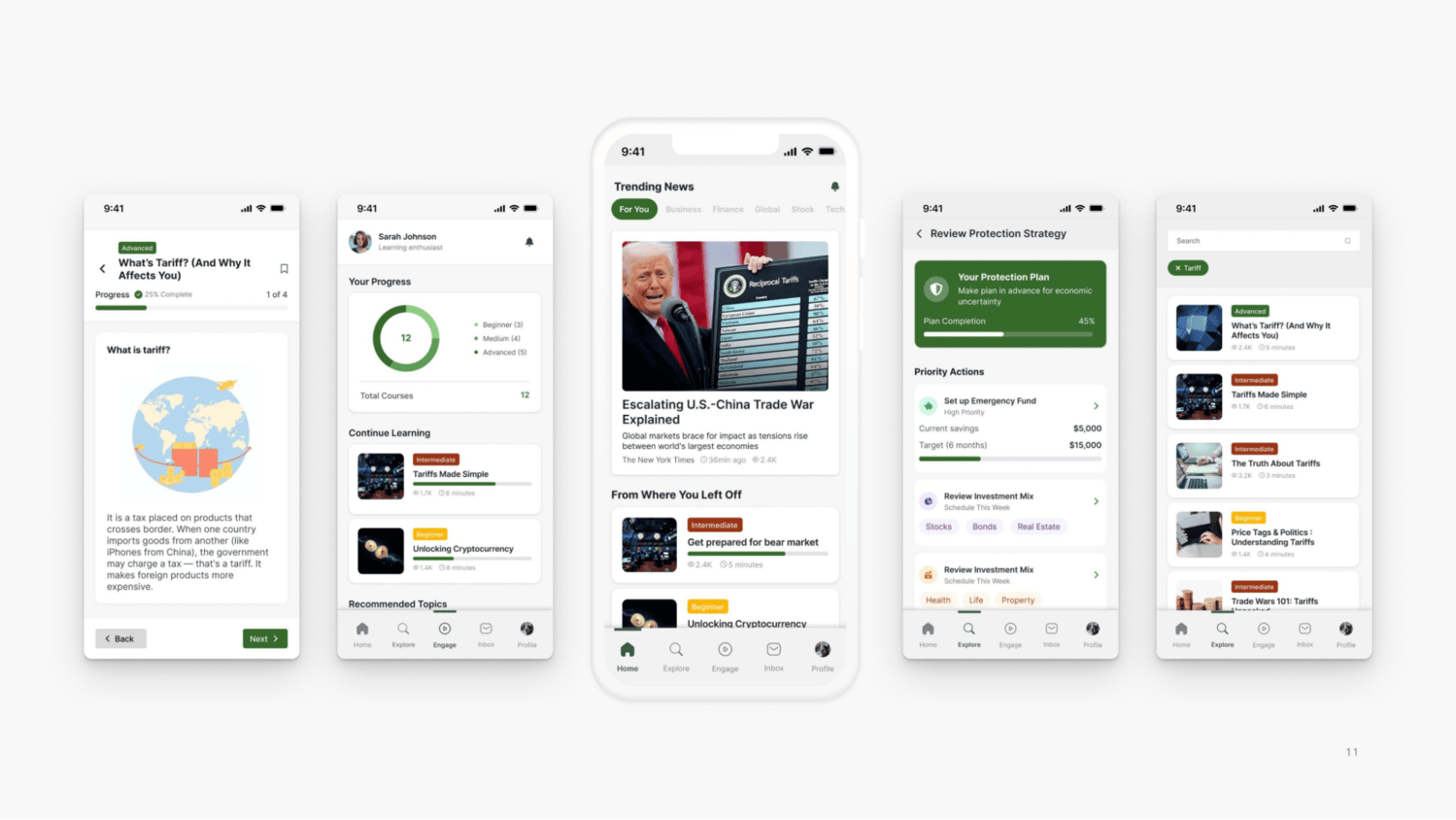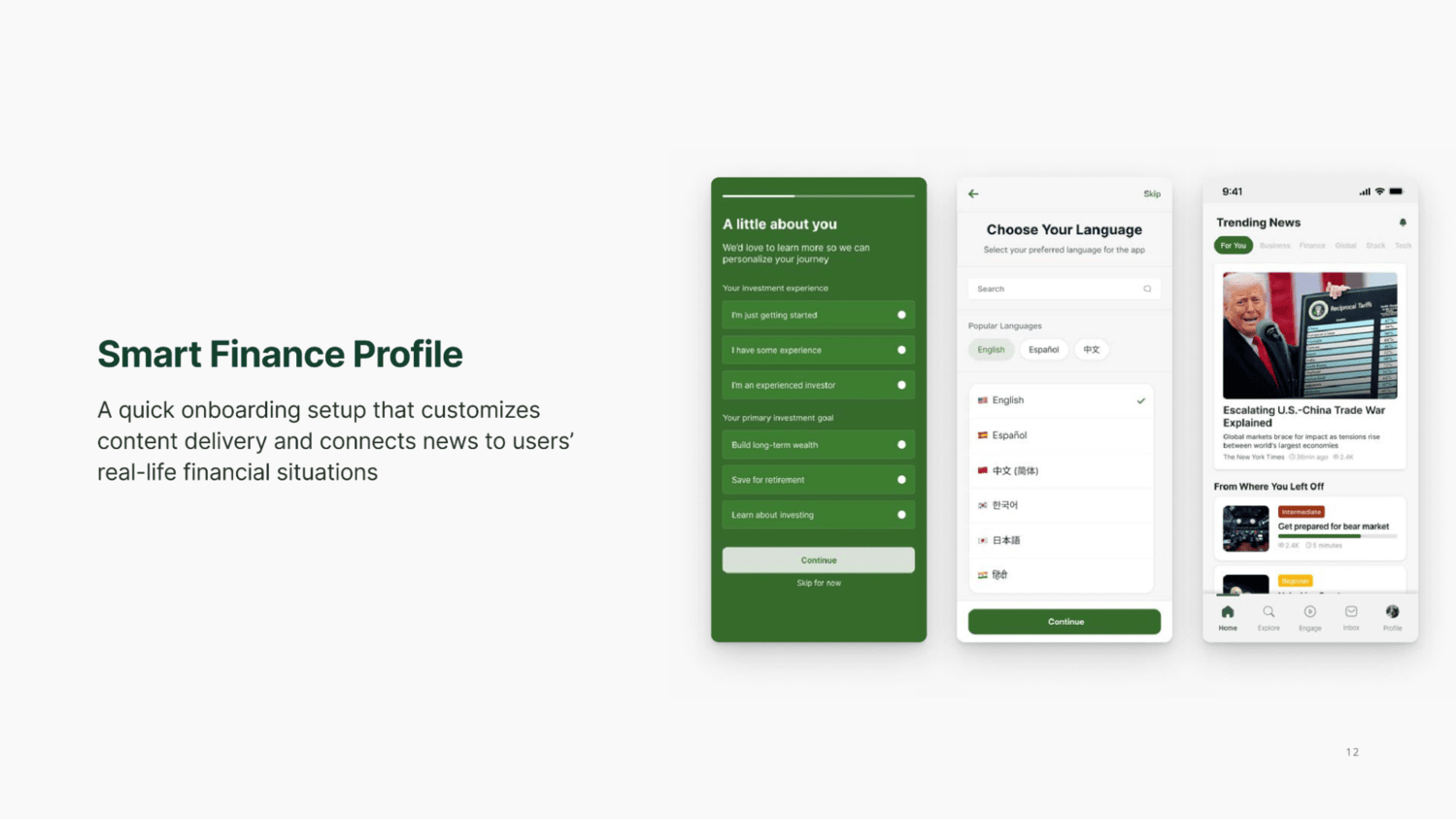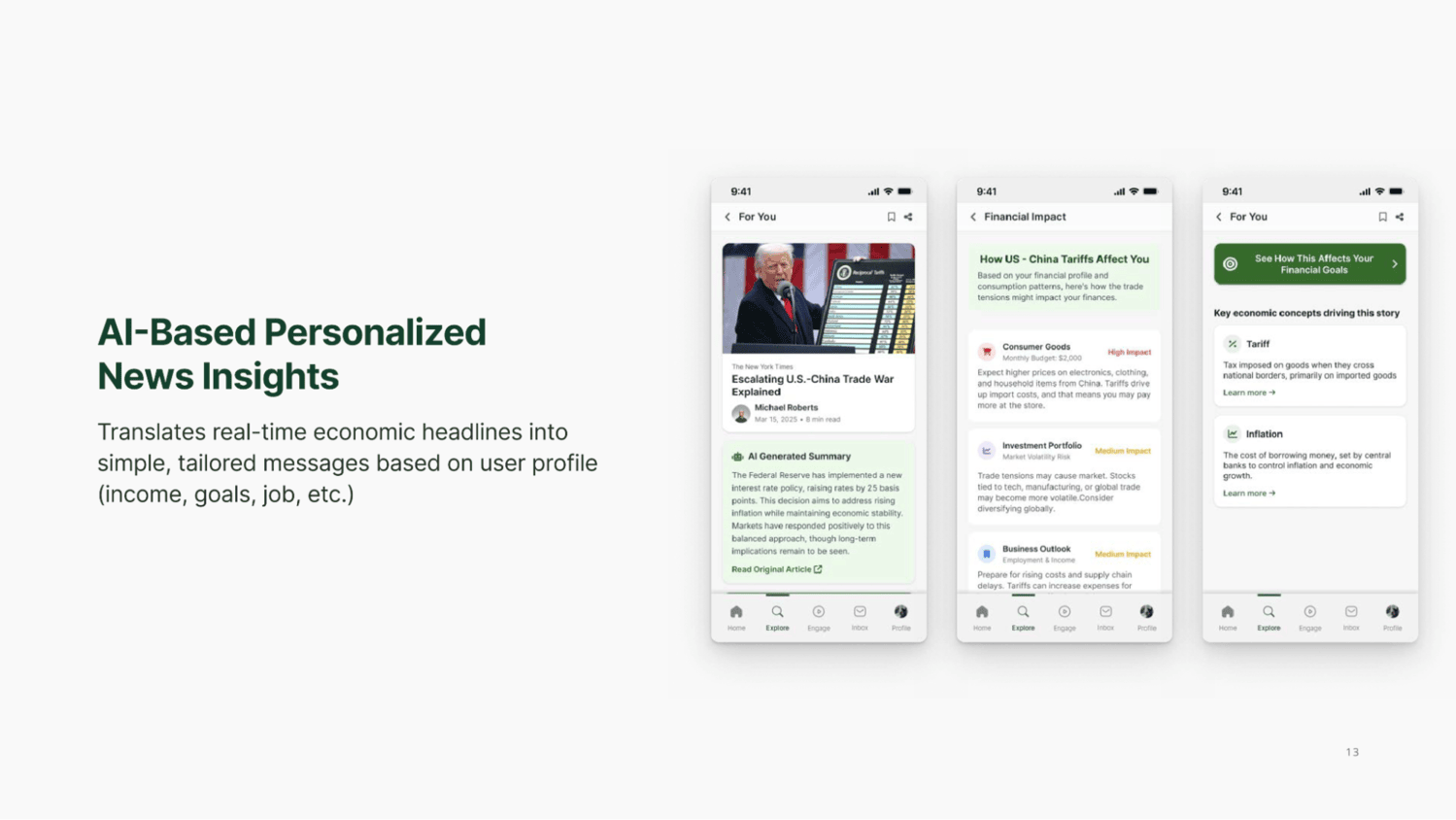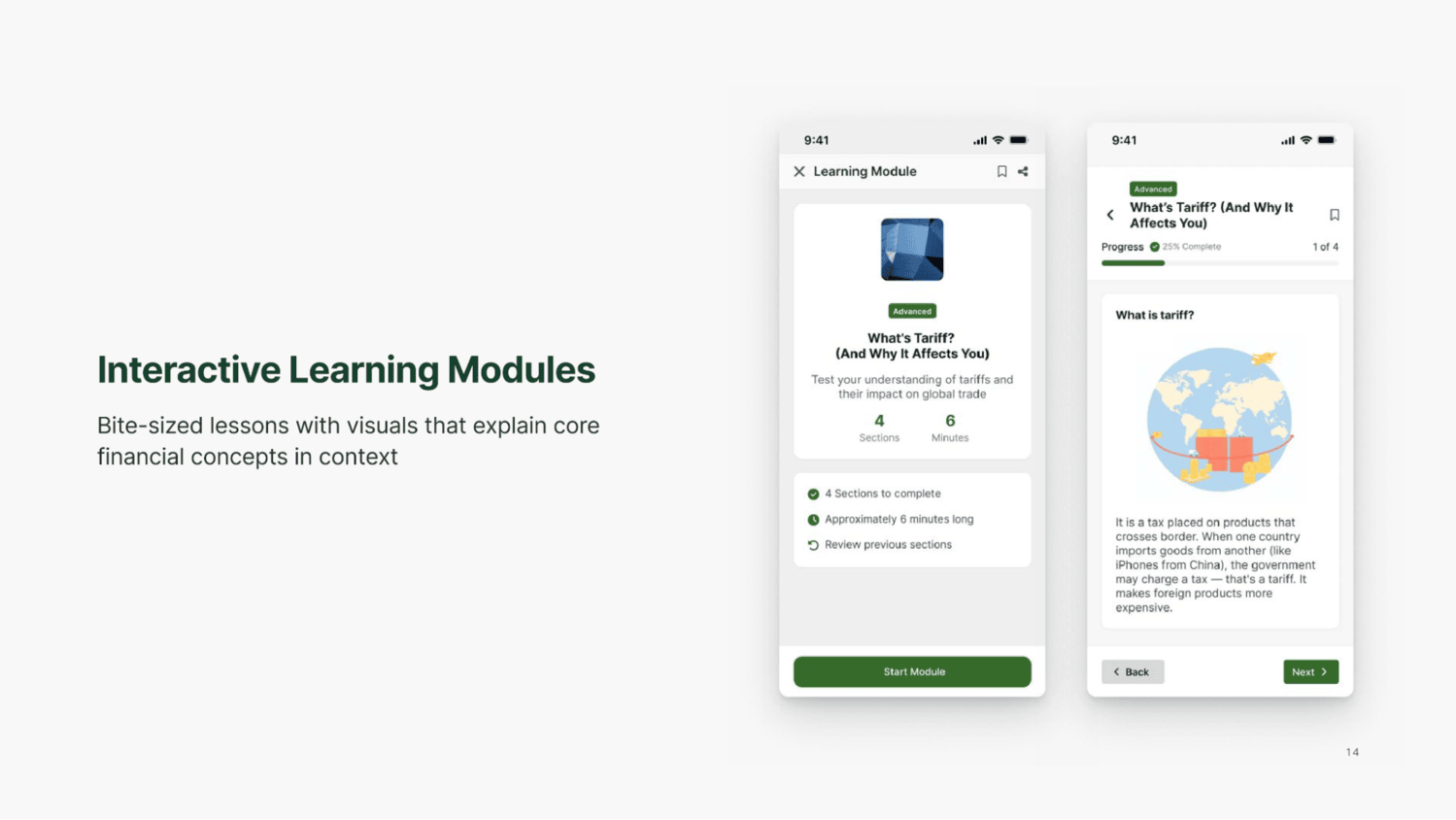2025-08-21
Sarah Chen
Design Dispatch, New York

In an era of economic turbulence, when news cycles are flooded with tariff, interest rate shifts, and inflation fears, UX designer Joanna Yoon stood out for transforming complexity into clarity. Her mobile experience, EconoSense, was recognized on the global stage, earning honors at world-renowned design competitions such as the London Design Awards, French Design Awards, and New York Product Design Awards.
The project’s bold ambition: to break the language and data barriers that keep millions — especially immigrants, young adults, and first-time investors — from understanding the economic forces shaping their daily lives.
“Finance touches everyone,” Yoon says. “But too often, it’s locked behind jargon, dense reports, and intimidating charts. I wanted to design something that feels like a conversation, not a lecture.”
EconoSense grew out of Yoon’s years working as a UX designer in the fintech sector, where she built complex analytics tools for investment bankers, traders, and risk analysts. That experience exposed her to the stark contrast between industry-grade financial intelligence and the inaccessible way it’s often presented to the general public.
“I realized that finance shouldn’t just be for those with the right education or insider access,” she reflects. “The same quality of insight should be available to anyone, regardless of background.”
This belief became the foundation of EconoSense — a platform designed to put powerful, clear, and actionable financial understanding into the hands of everyday users
Instead of broadcasting one-size-fits-all analysis, it translates headlines into personalized economic insights that are both relevant and actionable.
Personalized Context: Users input their financial details and goals; the app filters news stories and explains their direct impact.
Data Visualization for All: Complex metrics like inflation rates or tax changes are distilled into intuitive graphics, enabling instant comprehension.
Users build a tailored profile that captures their financial goals and circumstances, ensuring the content they receive is directly relevant.

The system generates simple, customized summaries of economic events, translating complex headlines into clear takeaways based on each user’s profile.

Engaging modules help users deepen their understanding of key economic concepts, transforming traditionally complex topics into approachable, practical knowledge.

Across these prestigious international competitions, EconoSense stood out for its innovative approach to merging data science with human-centered design. The app’s ability to translate complex financial concepts into clear, personalized guidance — a rare blend of precision and accessibility — directly addresses a critical gap in financial literacy. This recognition positioned Yoon among a select group of designers whose work delivers measurable social impact alongside exceptional user experience.
During beta testing, 83% of users reported a clearer understanding of key financial concepts after completing just one module, while a 92% completion rate across learning modules reflected strong engagement with content traditionally viewed as inaccessible. By reframing financial information as a personal narrative rather than a distant abstraction, EconoSense effectively bridges the gap between industry-grade analytics and everyday decision-making.
Yoon is now in discussions with community organizations, educational institutions, and financial literacy nonprofits to expand EconoSense’s reach. Her goal: make the platform available in multiple languages and adapt it for different cultural contexts.
“Financial literacy is empowerment,” she says. “If design can help someone feel in control of their money — and their future — it’s doing more than delivering a good experience. It’s changing lives.”
Through EconoSense, Joanna Yoon hasn’t just built an app. She’s created a bridge — between headlines and households, between data and decisions, between knowledge and empowerment. And in doing so, she’s proven that when design meets purpose, it can transform not just industries, but individual futures.